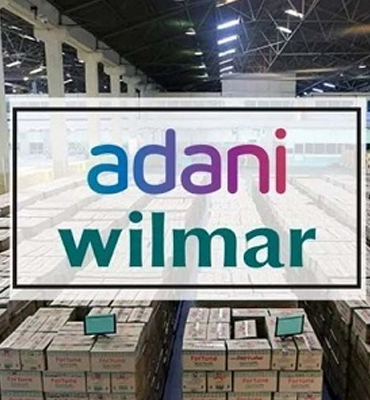overview
The arrival of the Adani Wilmar integrated food processing plant in Panipat signals a major shift in the region’s industrial trajectory. This ₹1,300 crore mega-project, spread over 85 acres, is more than just a large-scale manufacturing unit—it’s a gateway to widespread economic growth, technological innovation, and infrastructural transformation. For investors looking to purchase industrial plots in Panipat, this development opens a new era of possibilities with tangible, long-term rewards.
Panipat, traditionally known for its textiles and historical relevance, is now being positioned as a rising industrial hub. The Adani Wilmar plant will house high-tech facilities for processing edible oils, flour, rice, and other staples. With production capacities touching over 600,000 metric tonnes annually, the scale of operations here is unprecedented. It’s not just a local project—it’s a national supply engine. This will result in 24/7 industrial activity, reliable supply chains, and extensive movement of goods and labor across the region.
Technology-Driven Growth
The upcoming plant, being developed by engineering stalwart Larsen & Toubro (L&T), is set to integrate cutting-edge machinery from global technology leaders such as Satake—renowned for its precision rice processing systems—and Bühler, the world leader in grain and flour processing technologies. This strategic integration of high-end Japanese and Swiss equipment ensures the deployment of world-class manufacturing standards, digitally controlled automation, and sustainable operational protocols including clean energy usage and water recycling systems.
For forward-looking investors, this heralds a transformative shift in Panipat’s industrial profile—positioning it as a next-generation “tech-enabled” manufacturing zone rather than just a traditional industrial cluster. With IoT-enabled production lines, data-driven efficiency models, and energy-optimized layouts, the region is primed to attract not only agro-processing and food manufacturing units but also high-growth sectors

Attractions for Modern Investors
One of the most transformative aspects of the Adani Wilmar project is its commitment to environmental sustainability and industrial decarbonization. The facility is engineered with a multi-pronged clean energy strategy—including biomass boilers fueled by rice husk waste, a 5.6 MW rooftop solar photovoltaic system, and a 3.2 MW cogeneration steam turbine that recovers waste heat to generate power, dramatically increasing thermal efficiency. Additionally, rainwater harvesting infrastructure, advanced effluent treatment, and Zero Liquid Discharge (ZLD) systems ensure responsible water usage and prevent environmental contamination.
This sets a precedent for next-generation green manufacturing ecosystems, making the surrounding area highly attractive for Environmentally, Socially, and Governance (ESG)-compliant companies and carbon-conscious investors. As ESG regulations tighten globally and sustainability reporting becomes mandatory across markets, industrial plots adjacent to green-certified operations like this gain strategic value. They inherently reduce Scope 3 emissions for tenants, streamline green audits, and support alignment with EU-Green Deal, LEED, and BRSR norms.
For investors in Vedya Industrial Park, this presents a clear competitive edge. Our park is uniquely positioned to leverage proximity to a major green anchor tenant, offering a high-value proposition for:
